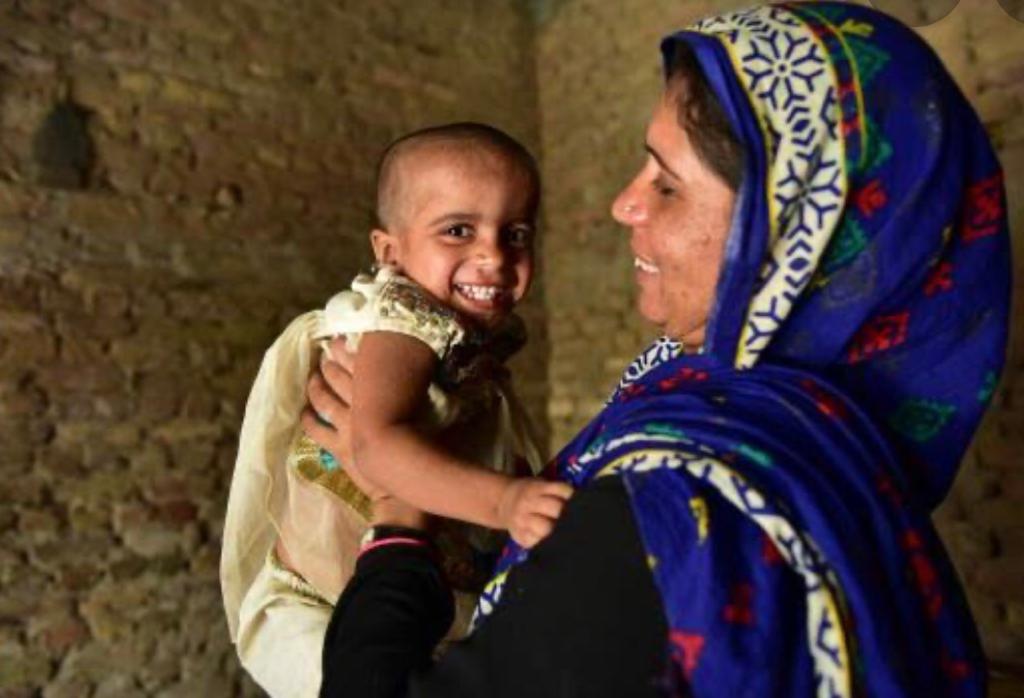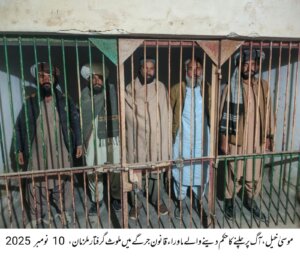Malnutrition in Balochistan
Amber Munir
Malnutrition in Balochistan shared in Quetta Voice on Wednesday, April 14, 2021 page#04. The article highlights the role of essential nutrients in human resource development along with a brief introduction of malnutrition, characterization of malnutrition, procedure of taking measurements of SAM and MAM cases, medical complications, community-based management of acute malnutrition (CMAM), infant and young child feeding (IYCF), etc.
Background: Surveys regarding Nutrition
- National Nutrition Survey (2001-2002): The National Nutrition Survey conducted in 2001-2002 assessed the nutritional levels and health status of mothers and children in Pakistan. Data was collected through a questionnaire consisting of four modules including a household questionnaire, biochemical and clinical questionnaires, and a dietary form. Additional biochemical samples including serum retinol, serum ferritin, and zinc, were collected from mothers and children under-5. Urine samples were collected from mothers and children ages 6-12 years for iodine deficiency. The survey sampled 10,656 households from 700 primary sampling units.
- National Nutrition Survey (2011): The NNS 2011 covered all provinces: Gilgit Baltistan (GB), Balochistan, Khyber Pakhtunkhwa (KP), Sindh, Punjab, Azad Jammu and Kashmir (AJK) and the Federally Administered Tribal Areas (FATA). This included 1,500 enumeration blocks (EBs)/villages and 30,000 households, with a 49% urban and 51% rural distribution.
- National Nutrition Survey (2018): The 2018 Pakistan National Nutrition Survey (NNS 2018) is the largest national nutrition survey carried out in Pakistan. It is designed to provide policymakers, program managers, and academicians a unique set of nutrition-related data including environmental, anthropometric, and biochemical indicators.
- National Nutrition Survey (2019): The aim of NNS 2018-19 is to undertake a field survey and generate district-specific nutrition information related to malnutrition (both undernutrition and overnutrition) and micronutrient deficiencies among women and children in Pakistan.
Malnutrition status in Balochistan
Balochistan is the most under-developed of Pakistan’s provinces, with a high proportion of children under five years of age who are stunted (52%) and 16 percent of who are wasted. Moreover, the prevalence of anemia among children in this age group is 57% and nearly 49% among women of childbearing age. Numerous factors are thought to contribute to child undernutrition in Balochistan, including sub-optimal infant and young child feeding (IYCF) practices; frequent child infections (especially diarrhea diseases and measles); maternal nutritional deficiencies and/or illness and death; absence/inadequacy of micronutrient supplementation; and household food insecurity and gender inequity.
A survey conducted by the National Nutrition Cell revealed that 49% of women in Balochistan were suffering from malnutrition. Moreover, the ratio of maternal anemia was 49%, anemia among children below five years was 57% and iodine deficiency among women was 29%.
Balochistan Nutrition Program for Mother and Children (BNPMC)
In response to the challenging nutrition situation in the province, the Department of Health (DoH) launched the Nutrition Program for Mothers and Children (BNPMC) in 2016. They implemented nutrition activities among the rural and urban population of seven selected districts. The total population of these districts is 1,654,613, of which estimated target populations include 132,369 pregnant and lactating women (PLW). Stakeholders include the DoH, Peoples Primary Healthcare Initiative (providing health services at Basic Health Units in the districts), and local NGOs.
The total cost of the above project was 1,492.62 million PKR (US$14.21 million) of which 80% were provided by the World Bank and 20% by the Government of Balochistan. A major part of the funding (41%) was allocated to strengthen institutional arrangements which include staffing, technical assistance for capacity building, strengthening coordination mechanisms, addressing malnutrition among children and PLW (37%), and addressing micronutrient malnutrition (13.6%).
Future Plans
The aforesaid program ended in December 2019 and was limited to seven districts; whereas the malnutrition situation continues to exist in 22 districts of Balochistan. Therefore, the Government of Balochistan has assigned DoH and PPHI to extend nutrition intervention in 22 districts for which project proposals are ready; implementation is expected from July 2021.
The author is a program officer in PPHI






